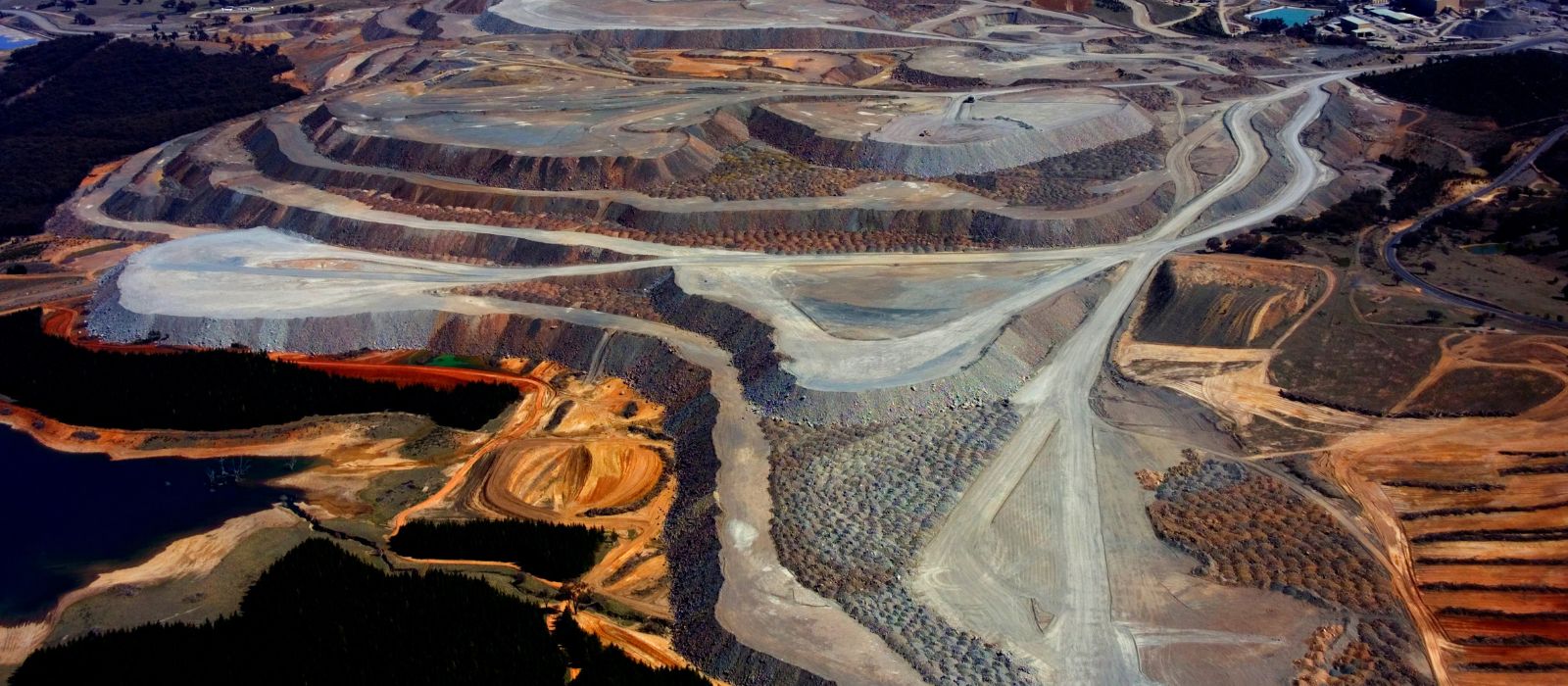Global miners prepare for sustainable impact

The mining industry is preparing for impact - retooling and reimagining itself to be a key contributor to sustainable growth, as revealed in PwC’s latest analysis of the world’s top 40 mining companies and industry trends, Mine 2024: Preparing for impact.
Now in its 21st year, PwC's annual Mine report examines the performance of the world’s 40 largest mining companies, and the trends impacting the industry.
A key role in decarbonisation
Mining is essential to transition to a low carbon economy. Significant increases in the supply of minerals are needed for renewable energy technologies, electric vehicles, and infrastructure development. We simply won’t be able to achieve net zero without it.
However, the demand for many critical and strategic minerals will be challenging to meet and requires substantial investment. At the same time, miners must invest to decarbonise their operations and meet today’s greater community expectations.
High demands amid falling profits
The additional demands on the mining industry come at a time when short-term profits are falling due to declining mineral prices and rising costs, placing additional pressure on this transformation. Financial performance was squeezed in 2023 by falling commodity prices and rising costs. Revenues of the Top 40 fell more than seven per cent, even as production of key commodities rose. This continues into 2024.
Technology provides opportunities to boost productivity – but beware
At the same time, technology must also be harnessed to maintain and grow productivity throughout the mine life cycle. Artificial Intelligence and automation present opportunities for the mining sector to advance productivity and extend on the vast health and safety improvements already made. And without mining, there would be neither AI, nor the game-changing impact that technology will have on other industries and society more widely. The semiconductor chips that AI applications require contain metals such as copper, zinc and gold.
However reliance on productivity-enhancing technology can increase risks such as cybersecurity threats, system failures, and technology obsolescence. Balancing cutting-edge technology opportunities with traditional mining expertise is needed for operational resilience.
Mergers and acquisitions remain crucial
Amid a new and ever-changing landscape, mergers and acquisitions remain a pivotal strategy for miners aiming to sustain their competitive advantage, expedite transformation and secure essential resources for future growth. The total number of deals in 2023 among the Top 40 fell about 15 per cent from 2022, while the total value rose more than three per cent to over US$64 billion. Not surprisingly, the percentage of deals that involved critical minerals rose to 40 per cent in 2023, from 22 per cent in 2019, underlining this seismic shift driving M&A activity. Copper and lithium dominated these deals, accounting for 70 per cent of them by volume, up marginally from 2022.
Sustainability factors and considerations are increasingly a key element of transactions. Investors are not interested only in the current bottom line – they want insight into how a company will perform and what it will look like in the future. Recognising this, mining companies are increasingly forming alliances beyond traditional boundaries - some to enhance technical skills, while for others the right deal is about downstream opportunities and partnerships with customers.
More companies are viewing strategic mergers and acquisitions as a catalyst for achieving the necessary transformation to thrive, and we see this trend increasing over time.
Communicating impact
Despite its crucial role, the mining industry's positive impacts are often misunderstood and underappreciated. After many years of trying, mining companies still have an urgent need to communicate better with all stakeholders in a clear and transparent way. Mining companies need to innovate in how they measure their impacts, both positive and negative. Accurate and insightful measurements can provide investors with a useful gauge beyond returns, guide capital allocation decisions, and inform other stakeholders such as communities and unions.
The mining industry is at a crossroads, facing both challenges and opportunities. By investing in technology, forming strategic alliances, and focusing on sustainability, mining companies can play a key role in the transition to a low-carbon economy while maintaining their competitive edge. Effective communication of their impacts will be crucial in gaining the support of all stakeholders.
To learn more download the report here.